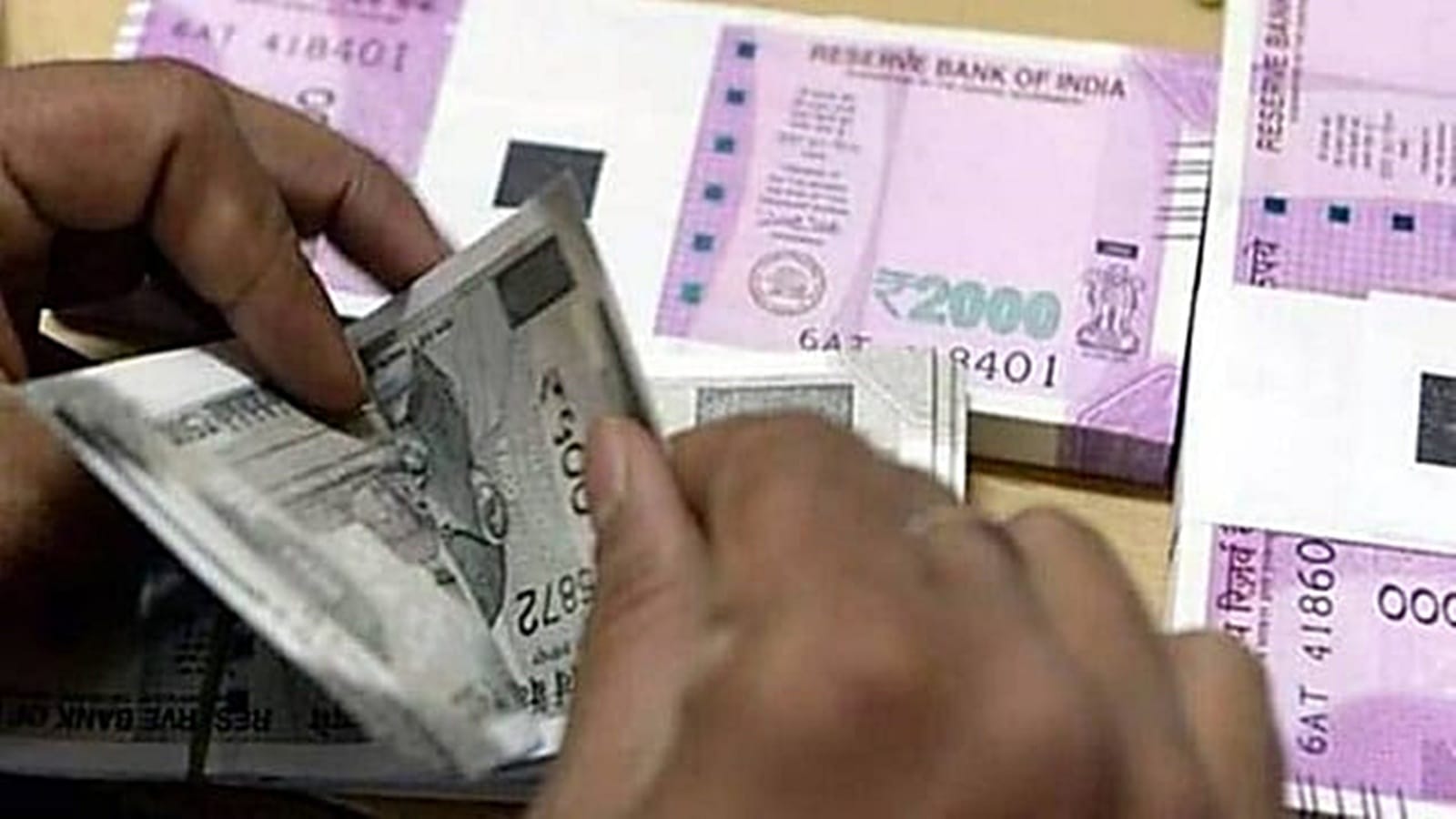The microfinance sector in India is experiencing a significant surge in delinquencies, with portfolio at risk (PAR), or loans overdue for over 31 days, jumping by 163 per cent to Rs 43,075 crore in the fiscal year ended March 2025, up from Rs 16,379 crore in the previous year. This rise in delinquencies reflects the growing stress in the small borrower segment.
Significantly, the microfinance industry’s gross loan portfolio (GLP) fell to Rs 381,200 crore as of March 2025, marking a 13.9 per cent fall from Rs 442,700 crore a year ago.
Data from CRIF High Mark, a credit information bureau, shows that PAR in the 31-180 days overdue bucket has gone up to 6.2 per cent during FY2025 as against 2.1 per cent in the same period of last year. PAR in the 180 days plus bucket has jumped from 1.6 per cent to 5.1 per cent during the fiscal.
“PAR of 91-180 days and 180 plus days (including write-offs) continue to rise, particularly among banks and small finance banks, followed by NBFC-MFIs, highlighting persistent challenges,” the agency said.
According to CRIF High Mark, higher-ticket loans above Rs one lakh have experienced an uptick in all delinquency buckets as their share in POS expands, highlighting the need for greater caution. However, its delinquency is much lower than the lower-ticket sizes, it said.
Rating firm CRISIL said lending to over-leveraged borrowers was the primary factor that resulted in higher delinquencies for microfinance institutions in the last fiscal. Resultantly, the reported delinquencies in 90 plus DPD (days past due) bucket are estimated to have more than doubled to 6.0 per cent as on March 31, 2025, from 2.4 per cent as on March 31, 2024.
Increased borrowing from multiple sources has led to excessive debt burdens among borrowers. Further, external economic shocks and income uncertainties have impacted repayment capacities, financial sector officials said.
Story continues below this ad
The decline in microfinance gross loan portfolio reflects a deliberate and calibrated shift by lenders to manage emerging stress, especially in light of regulatory developments and evolving collection practices.
Despite a seasonal rebound with disbursements rising 12.2 per cent Q-o-Q to Rs 71,500 crore, the year-on-year (Y-o-Y) figures remain subdued with a 38.0 per cent decline, signifying an industry-wide emphasis on quality focused originations, according to CRIF High Mark, a credit information bureau in India.
The gross loan portfolio declined by 2.6 per cent on a quarter-on-quarter basis.
State-level data revealed notable contractions in Tamil Nadu and Karnataka portfolios, influenced by anticipated ordinances and increased regulatory intervention on collection practices. However, West Bengal emerged as a bright spot with a 1.5 per cent Q-o-Q rise in portfolio size, CRIF High Mark said. Overall, the industry-wide trend indicates consolidation, with a visible moderation in borrowers maintaining multiple credit relationships, it said.
Story continues below this ad
The number of active microfinance loans declined from 16.1 crore in March 2024 to 14.0 crore in March 2025. Borrowers with 5 or more lender associations now constitute only 4.9 per cent of the total book, down from 9.7 per cent a year ago, it said.
“A key trend highlighted in the report is the growing shift toward higher-ticket loans. Portfolio for loans above Rs 1 lakh grew by 38.5 per cent Y-o-Y, whereas those in the less than Rs 30,000 segment were at -8.0 per cent Q-o-Q and -35.9 per cent Y-o-Y, underlining a shift away from smaller-ticket lending typically associated with this segment,” CRIF High Mark said.
Amid these shifts, the sector remains on a path of long-term sustainability. While current indicators suggest cautious lending and persistent stress in parts of the portfolio, improvement in early-stage performance and a gradual move towards higher-quality credit segments are encouraging trends, CRIF High Mark said.
Ramkumar Gunasekaran, Director and Head of Sales at CRIF High Mark, said: “Lenders are making conscious choices that favour resilience, stability and long-term impact. The 12.2 per cent Q-o-Q rise in disbursements to Rs 71,580 crore this quarter, despite broader moderation, reflects continued demand and a disciplined credit approach.”
Story continues below this ad
“As institutions recalibrate and regulatory frameworks evolve, we are confident that the sector is laying the groundwork for stronger and more inclusive growth. With continued focus and collaboration, we remain hopeful that the coming quarters will bring renewed momentum,” he said.
It said NBFC-MFIs experienced a relatively smaller decline in GLP this quarter, down 1.8 per cent QoQ, supported in part by increased originations during the JFM period. However, on a YoY basis, the contraction has been more pronounced, with GLP dropping by 18.2 per cent, accompanied by a moderate reduction in overall market share. Among other lender types, SFBs are also witnessing a significant contraction, declining by 5.4 per cent Q-o-Q and 19.9 per cent Y-o-Y.


